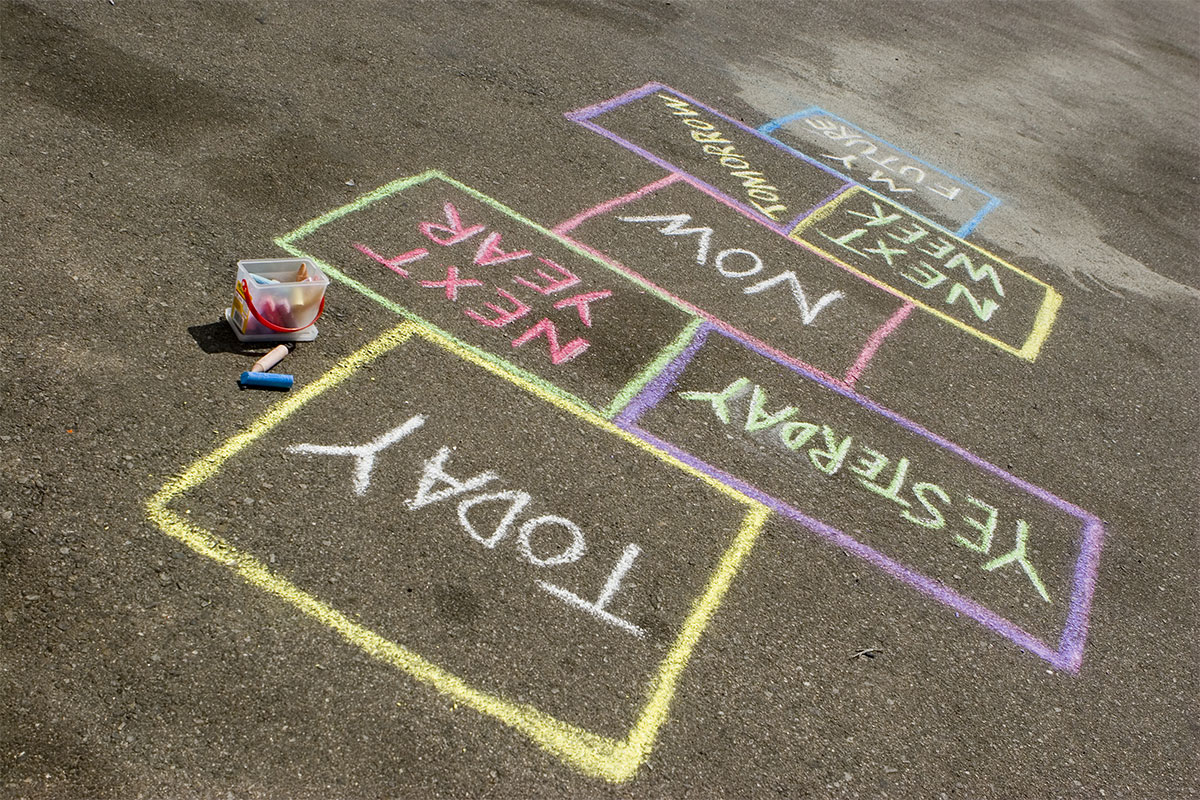Productivity guru and coach David Allen believes, “Your mind is for having ideas, not holding them.” He developed his system of time management with businesspeople in mind, but many of his ideas can be helpful to those who have been through ADHD testing for adults or who are seeking ADHD treatment in NYC.
ADD in adults is often associated with procrastination and a lack of organization. Dr. George Sachs PsyD, who is not only a preeminent ADD/ADHD doctor, he is living with ADD.
has found Allen’s system can be beneficial for adults with ADD/ADHD.
You may not be ready to take on Allen’s complete “Get Things Done” program – remember it was originally designed to enhance workplace productivity – and you don’t have to. Allen has put together a list of Five Simple Steps that Apply Order to Chaos that you may find helpful.

1 – Capture: Collect what has your attention
Get all those errant thoughts and ideas out of your head! All of them. “Little, big, personal and professional,” Allen says. “All your to-do’s, projects, things to handle or finish.” Write them down. David Allen also suggests using a voice recorder – you can buy a small digital recorder expressly for this purpose or simply use your smartphone.
Dr. Sachs, a leader in ADHD tests for adults, uses a Moleskin notebook or a whiteboard, but you might prefer a small spiral notebook. “Capture all data that comes from your mind (ideas, goals, things to do, etc. in one place),” Dr. Sachs says. “Simply getting information out of your head frees up more mental space for creativity and relaxation.”
2 – Clarify: Process what it means
Now that you’ve gotten all those distracting thoughts out of your head, it’s time to process them. According to Allen, you should ask yourself if each item is actionable. If it isn’t, he says there are three options: “Trash it, incubate it, or file as reference.”
If the item you jotted down in your notebook is something that needs action, Allen says you need to figure out what “the very next action required” is. If it’s something simple that can be done in less than two minutes, Allen says, go ahead and do it. If more time and effort will be needed, he says, “Delegate it if you can; or put it on a list to do when you can.” (Dr. Sachs, who offers innovative ADHD treatment in NYC, hired a personal assistant through upwork.com who helps him with mundane work-related tasks.)
3 – Organize: Put it where it belongs
“Put action reminders on the right lists,” Allen advises. “For example, create lists for the appropriate categories – calls to make, errands to run, emails to send, etc…” In other words, you’ll need more than one list. Don’t get too specific when setting up your lists. You don’t want to end up with dozens of lists with only one or two items on each. You might want to start a list for your weekend chores and errands. Separating personal errands and tasks from work or school projects will also be helpful.
4 – Reflect: Review frequently
Now that you’ve created your lists, you’ll want to refer to them often. Maybe you just finished a big project at work, check your list to see what you need to turn your attention to next. “Do a weekly review to clean up, update your lists, and clear your mind,” Allen recommends. You may be surprised at the progress you were able to make during the week.
5 – Engage: Simply do
Now that you have identified the things you need to do and organized them into lists, it’s time to get busy. Don’t let yourself get overwhelmed by the total number of things on your various lists. Tell yourself you are going to pick one thing to handle and then do that one thing. And when you’re done, enjoy the satisfaction of crossing it off your list! “Use your system to take appropriate actions with confidence,” Allen says.
If you’d like more information on David Allen, Dr. Sachs, who offers ADHD testing for adults and neuropsychological testing in NYC, recommends his Ted Talk.
